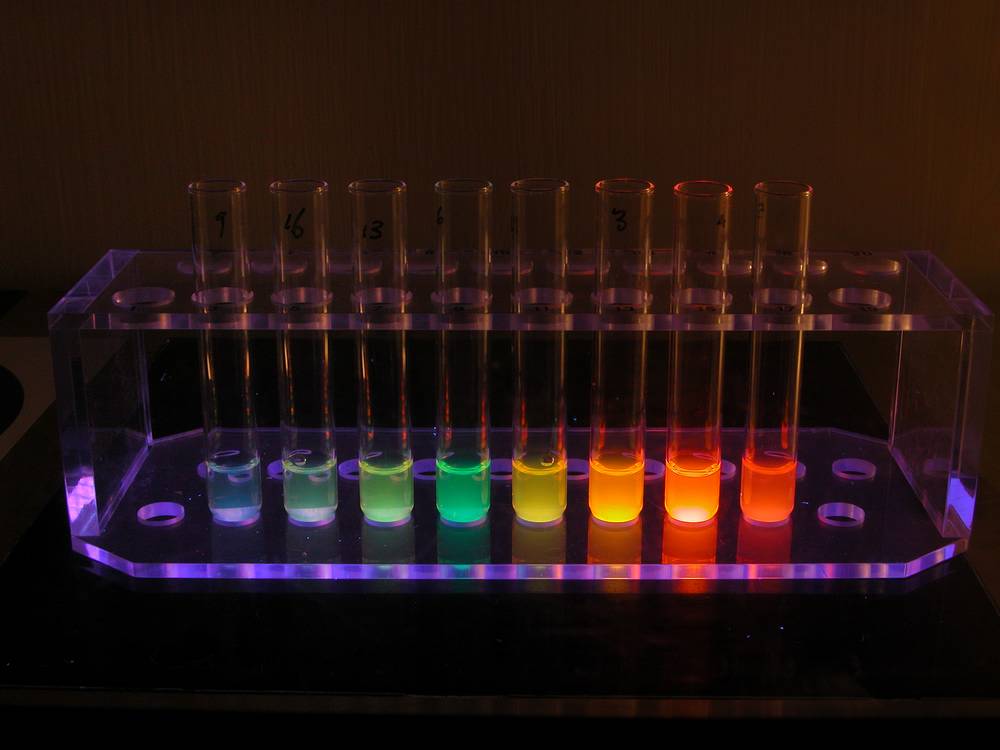Team:Victoria Australia
From 2009.igem.org
Preliminary Project Outline
The RMIT University iGEM (Victoria_Australia) team aims to build a biological lighting system via cell free transcription and translation also known as CFTnT technology. This project aims to apply the principles of Synthetic Biology in a simple manner that could be efficient for everyday use. The project concept was developed after the consideration of current energy and climate change issues.
A CFTnT system was chosen because in principle, the lysate used in the CFTnT system may be prepared from any type of cell. Hence, the team thought it would be of merit to develop an alternative light source, which could possibly be powered by a waste material as simple as grass clippings used as the cell lysate. The team also hopes to address cellular and bioprocess problems that arise when employing a CFTnT system and is considering many novel approaches to creating a more sustainable system that can be scaled up for practical applications. Initial experiments conducted by Victoria_Australia RMIT University team will focus on two cell-free systems derived from ''Escherichia coli'' and wheat germ.
Current Status: With lab work nearing to an end, we have created an E.Coli cell free system, transformed and purified fluorescent proteins and are currently working on expressing the proteins in the cell free system and making an iGEM biobrick. Many hours are being put in to finish our presentation and poster with the jamboree not too far away.
Current Status: With lab work nearing to an end, we have created an E.Coli cell free system, transformed and purified fluorescent proteins and are currently working on expressing the proteins in the cell free system and making an iGEM biobrick. Many hours are being put in to finish our presentation and poster with the jamboree not too far away.
 "
"

